Visual Narrative and YouTube, Part 3
3/17/2014
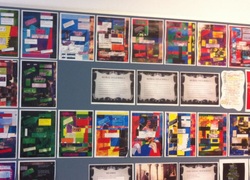 But the animation is just so entirely engaging in this video -- it provides so much to both the visual and auditory learner alike -- that it speaks volumes to teachers about our need to give students opportunities to put their thoughts down on paper in a way that makes sense to them. We can get them to organize their ideas to form a coherent comparative essay later, but for now it is so much better to allow them to express their understanding in a way that looks more like the thoughts themselves and less like some linear model that does not mimic how they think. This is the beauty, I think, of something like RSAnimate. It shows us a kind of visual note-taking that is rich, powerful, and inspiring--exactly what we want our lessons to be. I won't repeat my previous post by sharing Catherine's work with you, but I will show you my own. Inspired by the RSAnimate version of Sir Ken's talk many moons ago, I decided that my lesson plans needed to have something of the visual in them. So, I started creating lessons that would use a hybrid of comic book narration bubbles, a flow chart, and visual imagery. Throw in some colour and a pinch of Photoshop and you have an array of visual lesson plans that students will respond to. Every year at least one student asks me why I do this. Is it that I'm just such a comics fanatic that I have to do visual lesson plans in this way? Do I have hours of time to spend on these aesthetic touches?
"No," I tell them. "I do this because learning is beautiful."
0 Comments
Your comment will be posted after it is approved.
Leave a Reply. |
Glen DowneyDr. Glen Downey is an award-winning children's author, educator, and academic from Oakville, Ontario. He works as a children's writer for Rubicon Publishing, a reviewer for PW Comics World, an editor for the Sequart Organization, and serves as the Chair of English and Drama at The York School in Toronto. If you've found this site useful and would like to donate to Comics in Education, we'd really appreciate the support!
Archives
February 2019
|
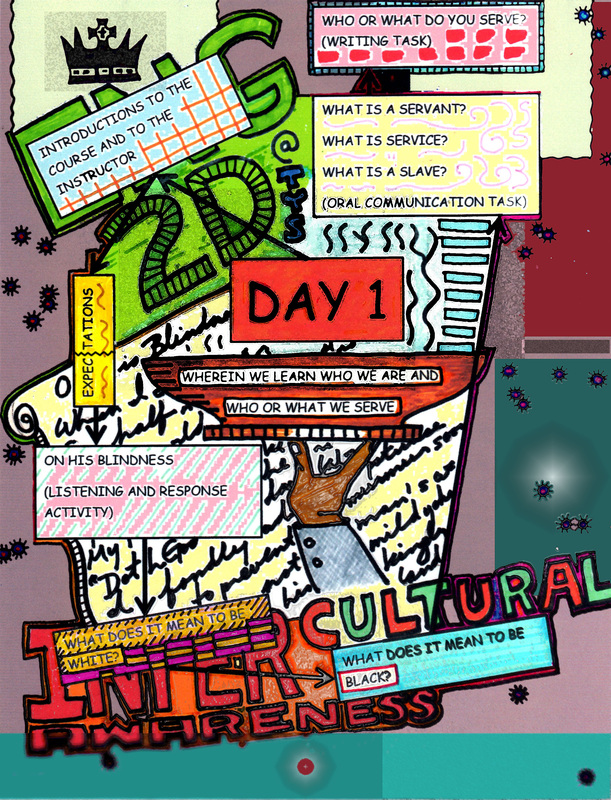
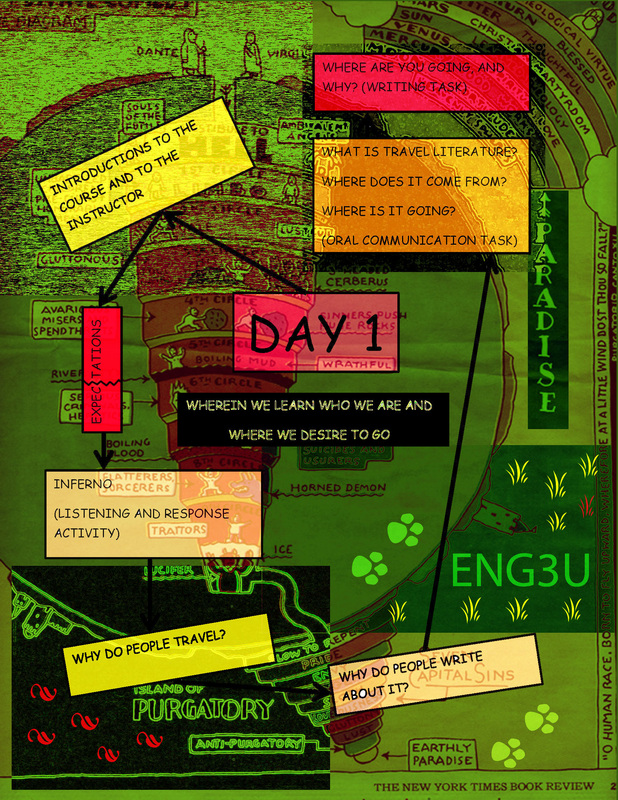
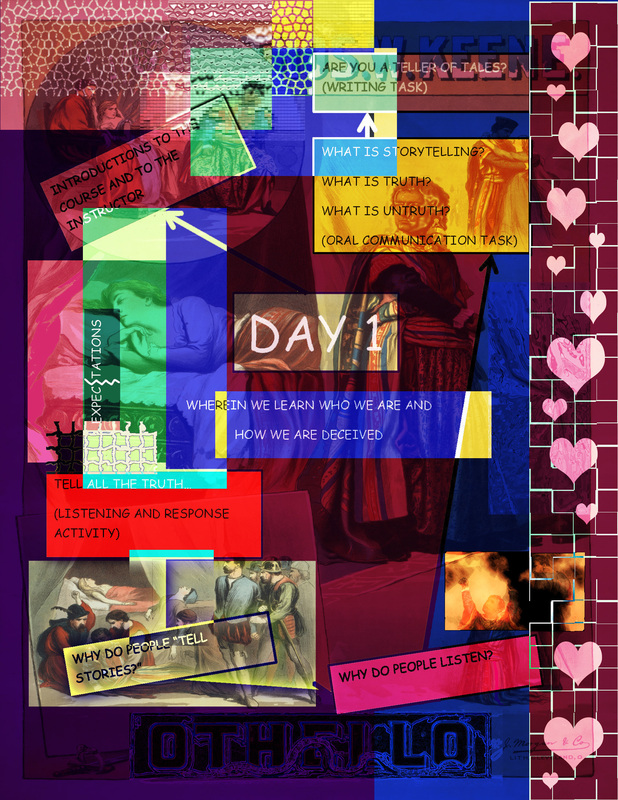

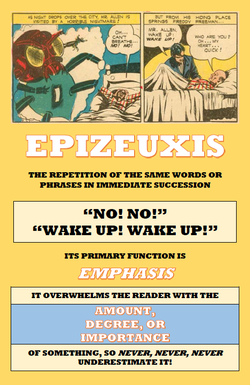
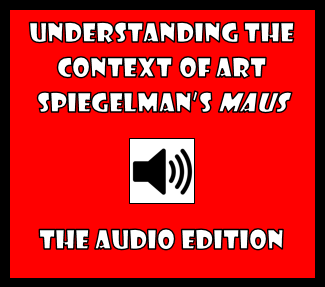
 RSS Feed
RSS Feed
